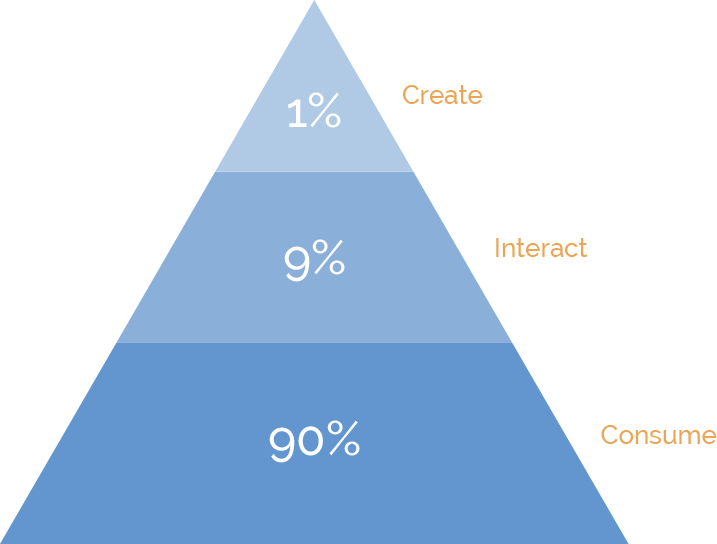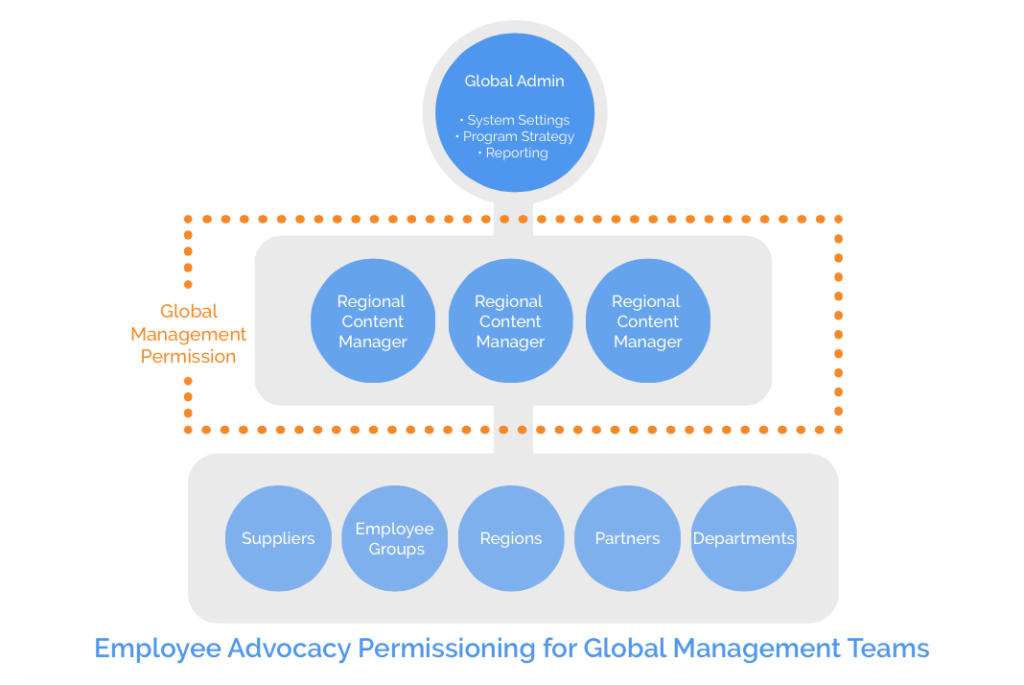Missed our webinar on Getting Your Business Ready for Employee Advocacy? Don’t you worry! We’ve got you covered.
Our VP of Growth and Customer Success Chad McCaffrey teamed up with Neal Schaffer of Social Tools Summit to discuss the initial steps of transforming into a social business.
What It Is
- Building champions
- Clear communication strategy
- Outcome/goal driven
- Personal/professional development
- Internal knowledge of the company
What It Isn’t
- Spamming your networks (parroting)
- External Social Sharing only
- Content Amplification
Remember, there needs to be a “why” behind every piece of content that’s shared. If you or your employees can’t answer how that content is beneficial, then it’s likely going to be perceived as spam.
Changes in the Workplace
As of right now, social media is left to marketing or PR departments. Only 1% of the internet actually creates content, while 9% engage with it and 90% consume it without taking any action.

We think that needs to change! Altimeter Group reports that a Culture of Content is the future of work, which means that workplaces should strive to create an environment where employees are encouraged to share, and knowledge is easily distributed at every level.
Every employee is an influencer in their own way.” – Chad McCaffrey, PostBeyond
One of the largest reasons in support of digital transformation is the sheer volume of digital natives that are entering the workforce. We’re a very “connected” economy these days, and so it makes sense for businesses to adapt accordingly. Most employees are accustomed to social and digital environments – why not meet them where they already are?
Increasing your enterprises “digital fluency” across all digital areas (not just social media) is the first step in breaking down silos and becoming a social business. The goal here is to make social media horizontal across your business.
The Importance of Content
In order to create a Culture of Content, you need…well, strong content!
Content is how knowledge is shared throughout your enterprise. It’s how a new hire can learn everything about your business, or it’s how someone in accounting can learn about the sales department.
Content is the currency. It’s applicable – in our view – to every area of your business.” – Chad McCaffrey, PostBeyond
Setting Your Team for Success
Before you even consider any tools for employee advocacy, you’ll need to pinpoint which employees are your brand champions. These are typically the people who know how to share on social media, or they can be your employees who are well connected on social but don’t share often. Keeping in mind the 1-9-90 rule, we want to increase the number of people who are creating and interacting with content.

This is about building up your employees and creating brand champions. If knowledge about your business is made accessible to every employee (no matter which department or level of seniority), then they’ll feel comfortable sharing company info!
INTERNAL AWARENESS = EXTERNAL SHARING
Q&A
We had some great questions from our attendees, and we’re happy to share some of our answers with you here:
Q: How can employee advocacy work for government relations?
A: Like many areas that deal with sensitive information or public policy, education is key. We recommend creating a thorough social media policy for employees that outlines what appropriate content looks like, and what content would be inappropriate to share publicly.
The goal here isn’t to tell employees specifically what to say, but rather, make it known what content would be considered not suitable for public consumption.
Q: What are some of the reservations companies have with employees sharing content? And how do you overcome it?
A: It’s important to remember that most employees are already on these networks and sharing content regardless. The gap between personal and professional lives is becoming smaller, so building that relationship of trust with employees is essential.
Q: What’s in it for the employee? Why would they want to share our content?
A: We recently tackled this question in another blog post, and we’ve found that it’s mostly to do with building up their personal brand. Your sales reps, for example, might wish to streamline the persona that they use in a client meeting to coincide with their online presence. The person your client is introduced to at a meeting is the same person as their LinkedIn profile, which tells the client that this rep is actively invested in their own professional development.
Implementation
Now that you’ve given some thought to how a digital transformation will work for your business, the real fun can begin! Planning your employee advocacy program is a big undertaking, but a thorough strategy is necessary to ensure a successful transformation.
Our guide, 11 Steps to Enterprise Social Media Advocacy, can help you map out the beginning phases of becoming a social business. Download it now to get started, or leave your thoughts and questions with us in the comments!




